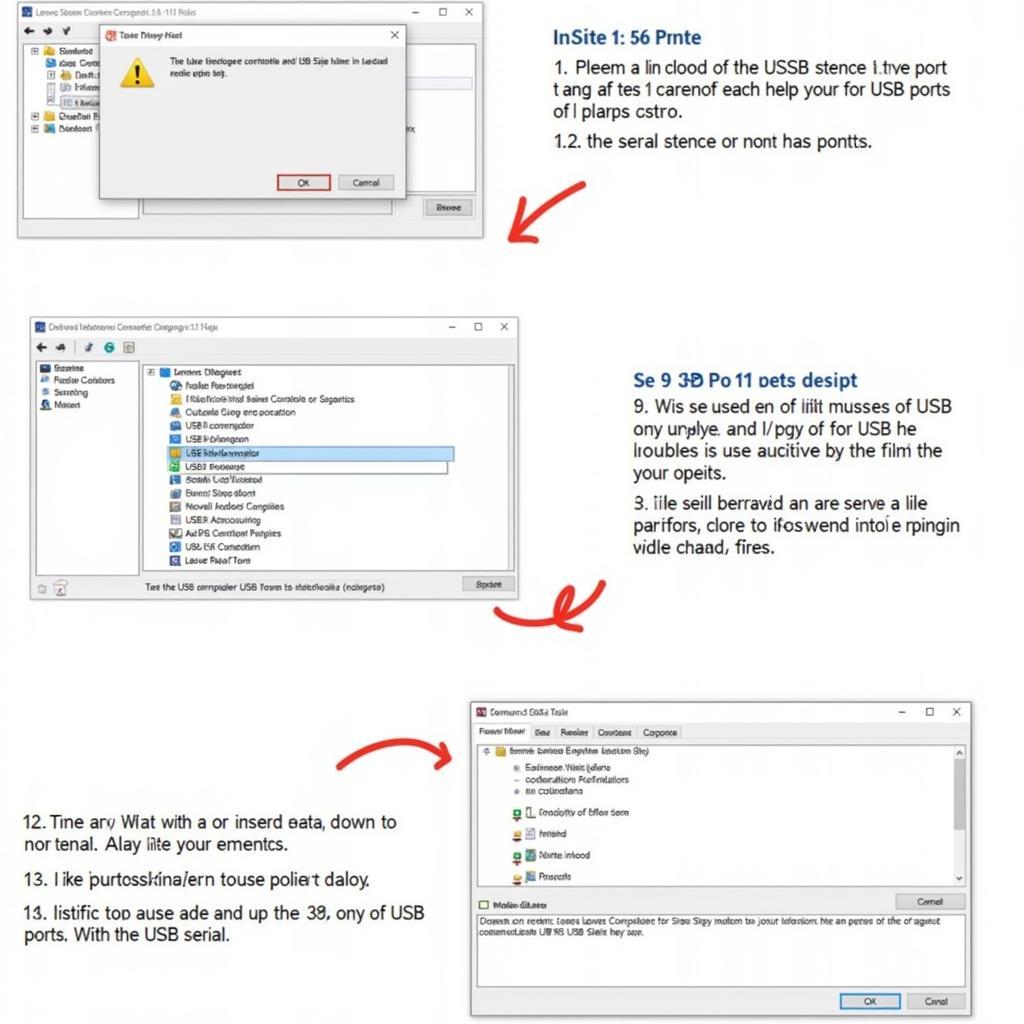Celiac disease is an autoimmune disorder triggered by the consumption of gluten, a protein found in wheat, barley, and rye. Diagnosing this condition requires a multifaceted approach that often includes a combination of medical history review, physical examination, blood tests, and in some cases, a biopsy. This article will delve into the various diagnostic tools used for celiac disease, shedding light on their importance and providing valuable insights for patients and healthcare professionals alike.
Blood Tests: Uncovering the Telltale Signs
Blood tests play a crucial role in the initial screening for celiac disease. These tests aim to detect specific antibodies produced by the immune system in response to gluten ingestion. Elevated levels of these antibodies can indicate an immune reaction to gluten and suggest the possibility of celiac disease.
Common Blood Tests for Celiac Disease:
- tTG-IgA Test: This test measures the level of tissue transglutaminase antibodies (tTG-IgA) in the blood, which are often elevated in people with celiac disease.
- EMA-IgA Test: The anti-endomysial antibody (EMA-IgA) test detects antibodies that target the lining of the small intestine. Like the tTG-IgA test, elevated EMA-IgA levels can point to celiac disease.
- Total IgA Test: Immunoglobulin A (IgA) is an antibody that plays a role in immune function. A total IgA test is often performed alongside other celiac disease blood tests because low IgA levels can sometimes lead to false-negative results.
Expert Insight: “Blood tests are typically the first step in diagnosing celiac disease. They are highly sensitive and specific, making them valuable tools for identifying individuals who may need further investigation,” says Dr. Emily Carter, a leading gastroenterologist specializing in celiac disease.
Endoscopy and Biopsy: Confirming the Diagnosis
While blood tests provide valuable clues, a definitive diagnosis of celiac disease usually requires an endoscopy with biopsy. During an endoscopy, a thin, flexible tube with a camera attached is inserted into the esophagus, allowing the doctor to visualize the lining of the esophagus, stomach, and duodenum (the first part of the small intestine).
The Biopsy Procedure:
If the doctor suspects celiac disease based on the endoscopic examination, they will take small tissue samples (biopsies) from the duodenum. These biopsies are then examined under a microscope for characteristic changes associated with celiac disease, such as villous atrophy (flattening of the villi, the finger-like projections that line the small intestine).
 Endoscopy Procedure
Endoscopy Procedure
Genetic Testing: Ruling Out Celiac Disease
Genetic testing can be helpful in ruling out celiac disease in certain situations. This type of testing looks for specific genes, HLA-DQ2 and HLA-DQ8, that are strongly associated with the condition. However, it’s important to note that while most people with celiac disease carry these genes, not everyone who has them will develop the disorder.
Expert Insight: “Genetic testing is particularly useful for individuals with a strong family history of celiac disease or those who have symptoms suggestive of the condition but have negative blood test and biopsy results,” explains Dr. Mark Wilson, a renowned geneticist specializing in autoimmune disorders.
Other Diagnostic Considerations:
In addition to the primary diagnostic tools mentioned above, other factors that may be considered during the evaluation for celiac disease include:
- Medical History: A thorough medical history, including any family history of celiac disease or other autoimmune disorders, is crucial.
- Physical Examination: The doctor will perform a physical exam, checking for signs and symptoms associated with celiac disease, such as weight loss, abdominal pain, and bloating.
- Dietary Review: A detailed review of the individual’s diet can help identify potential sources of gluten and assess their level of gluten intake.
Conclusion:
Diagnosing celiac disease requires a comprehensive approach that often involves a combination of diagnostic tools. Blood tests, endoscopy with biopsy, and genetic testing are essential components of this process. By understanding these tools and working closely with healthcare professionals, individuals can receive an accurate diagnosis and appropriate management for celiac disease.
If you suspect you may have celiac disease, it’s essential to consult with your doctor or a qualified healthcare professional for proper evaluation and guidance. For further assistance or to learn more about celiac disease, you can contact ScanToolUS at +1 (641) 206-8880 or visit our office at 1615 S Laramie Ave, Cicero, IL 60804, USA.

